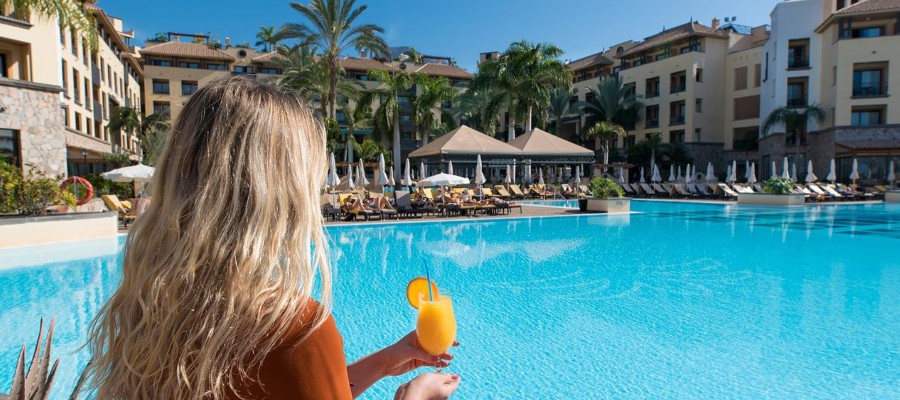The south of Tenerife is hot dry and arid, the north green with lush vegetation. Tenerife the largest of seven major Canary Islands lies about 300km off the coast of Morocco in North Africa. It is blessed with almost perpetual sunshine and cooled by the Atlantic trade winds.
Tenerife has been called the island of eternal spring and has become an all-year-round tourist destination. It is to the south of Tenerife that most tourists flock with its reliable sunshine, nightlife, theme parks and entertainment of the purpose-built resorts such as Playa de las Americas and Los Christianos.
There is plenty of choice for the water sports enthusiast, with diving, windsurfing and sailing all on offer. For hikers and walkers, there is the north and central areas of Tenerife where there are plenty of county trails to explore.
The north of Tenerife is the home of Puerto de la Cruz, which was once the main tourist resort on Tenerife before the development of the resorts in the south. The town is surrounded by lush vegetation on the hills above. On the northeastern coast is the modern-day capital of Tenerife, Santa Cruz de Tenerife.
It was off this coast that Nelson, then a Rear Admiral, lost his right arm in the battle of Santa Cruz in 1797, an unsuccessful attempt to capture Tenerife.
All the Canary Islands belong to Spain located 1120km to the northeast and geographically belong to the same group of islands as Madera and the Azores. The islands formed about 40 million years ago during the Tertiary period due to movement of the continental plates, which caused a weakness in the earth crust, where magma pushed through and formed the volcanic islands.
The Canary Islands are the tops of volcanoes that rise from the Atlantic Ocean floor; the peak of Mount Teide is 7000m above the seafloor and makes Tenerife the 3rd highest volcano in the world.












